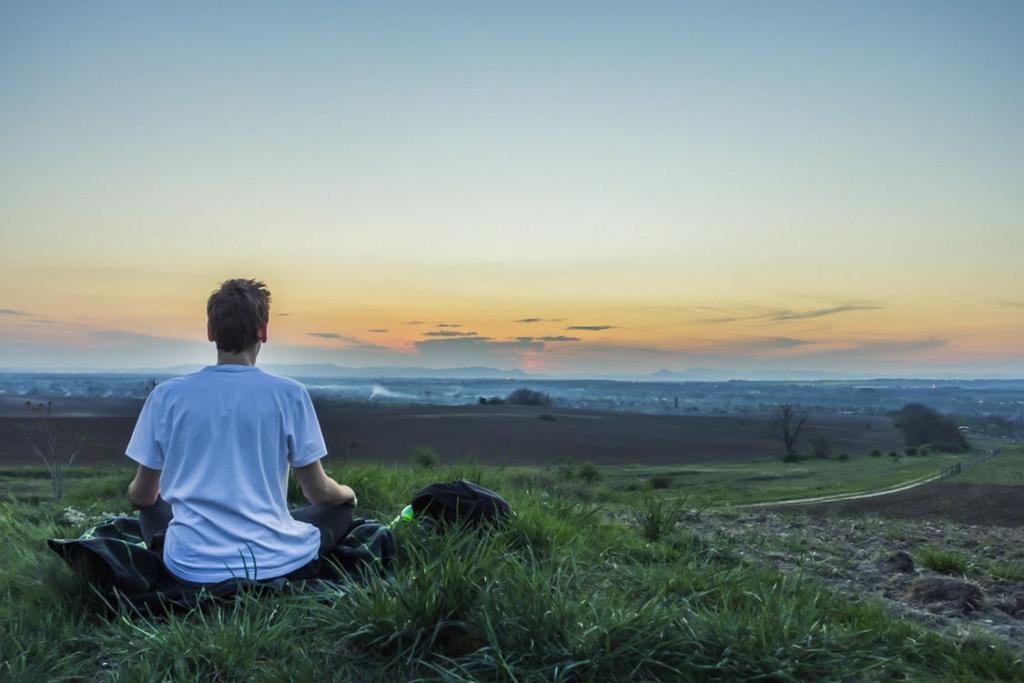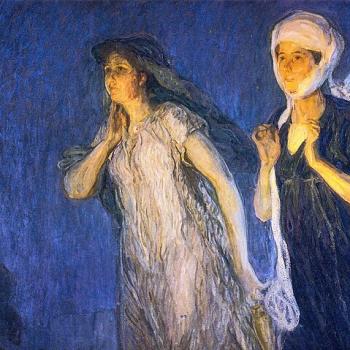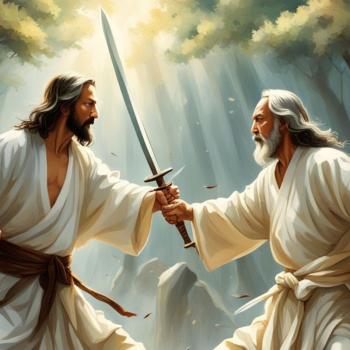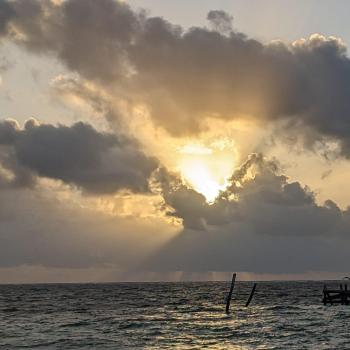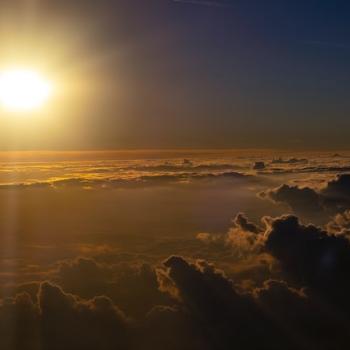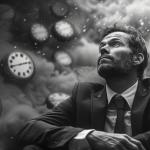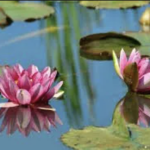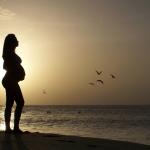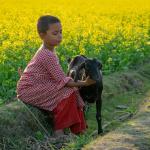Despite all our differences, the unity of [hu]mankind will assert itself irresistibly.
—Carl Jung
In my thirties, I almost died from a rare form of lymphoma. During that time, I encountered a strange and potent inversion of how we claim to care for each other in America. While it’s widely known in the province of law that we are innocent till proven guilty, once ill, we find ourselves in the province of medicine where we are sick till proven well. Even when healthy, the language presumes borrowed time: we’re not considered well, but in remission. This makes those who survive an anomaly rather than a resource.
This dark forbidding sense fuels the plague of worldwide cynicism in which everything is assumed guilty till proven innocent and sick till proven well. Dr. Stephen Toope, president of the University of British Columbia, has pointed out that one of our more urgent challenges is to engage the cynicism of our age, not to condemn it or minimize it.
It’s helpful to remember, as the American poet Philip Levine has said, that the opposite of innocence is not guilt, but experience. Essentially, we need to relearn how to walk together without seeing everything we encounter and touch as bereft before we meet it.
Such cynicism is a cultural form of smog, dimming what is possible and clouding the best of our history. It just might be that learned helplessness carried in the heart is the burden of depression, and learned helplessness carried in the mind is the burden of cynicism.
No matter how intelligent its argument, cynicism is more a symptom of despair than a philosophical stance or a resolve to be pragmatic. Just as damaging is ungrounded idealism, which jumps over the hard work it takes to be here together. Like an alcoholic who is one drink from his demon or one drink refused from his higher power, we’re all one gesture from being the cruelty we have suffered or one kindness from helping each other heal in the open. What we do when our arm is raised, about to strike or soothe, will determine the next hundred years.
Yet without denying the violence that scars the face of history, we can believe in the possibility of community. Since we’re never far from violence or peace, we need a sense of faithfulness that will stir the better versions of our selves. Rudolf Steiner speaks of such faithfulness as the commitment to keep the true being of each other in view, no matter how briefly seen, especially when another acts in confused and hurtful ways:
You will experience moments—fleeting moments—with other persons. These human beings will appear to you then as if filled, irradiated, with the archetype of their Spirit.
And then there may be—indeed, will be—other moments. Long periods of time, when human beings are darkened. But you will learn to say to yourself at such times, “I remember [their] archetype. I saw it once. No illusion, no deception shall rob me of it.”
Always struggle for the image that you saw. This struggle is faithfulness. Striving for faithfulness in this way, we shall be close to one another, as if endowed with the protective power of angels.
This quandary—between our struggle and possibility, between violence and peace—is not new. It is simply our turn in the endless odyssey of human beings striving to be ethical and loving to each other. In Jacob Needleman’s book, Why Can’t We Be Good?, he recounts Rabbi Hillel’s call to a brutalized Jerusalem in 30 B.C. “to ‘remember itself’—to re-establish a relation to the inner, transcendent source of its ethical rules and principles.” This is a timeless call, painfully relevant today.
Other cultures voice the same call. Consider the African concept of Sankofa, which is an Akan word from Ghana that means, We must go back and reclaim our past so we can move forward, so we can understand why and how we came to be who we are.
We must also be careful not to mythologize or idealize the past, but to draw strength from what lives in the bones of the human family. In this spirit, the Jewish tradition offers the ethic Tikkun Olam, which is Hebrew for You are here to repair the world. This instruction is at the heart of the Talmud. Since we are the world, we are here to repair ourselves, the way a cloth is made whole when its threads are repaired.
We gather and disperse like cells in the bloodstream, depending on each other. For without a healthy bloodstream, there is no home for cells, and there is no bloodstream without healthy individual cells. For human beings, this interdependence translates to being an individual in a community. For there can be no self without a home, and there can be no community without healthy individuals. Life-giving cooperation is crucial: between cell and bloodstream, individual and community, self and home.
Just where can we look for such balance? While history has launched models for community—philosophies, manifestoes, utopias, and dystopias—we are compelled to look for and bear witness to the actual moments of community that have somehow worked along the way. Let the organic nature of the human journey be our teacher. Let us face the stubbornness and fear that triggers us to be cynical and violent, while never losing sight of our better selves.
A Question to Walk With: In the next three weeks, identify a practice in your community that dissuades others from being who they are and how you might support those involved in more thoroughly being themselves.
This excerpt is from my new book, More Together Than Alone: Discovering the Power and Spirit of Community in Our Lives and in the World, which has just been published by Atria Books.
*Photo credit: Pixabay


